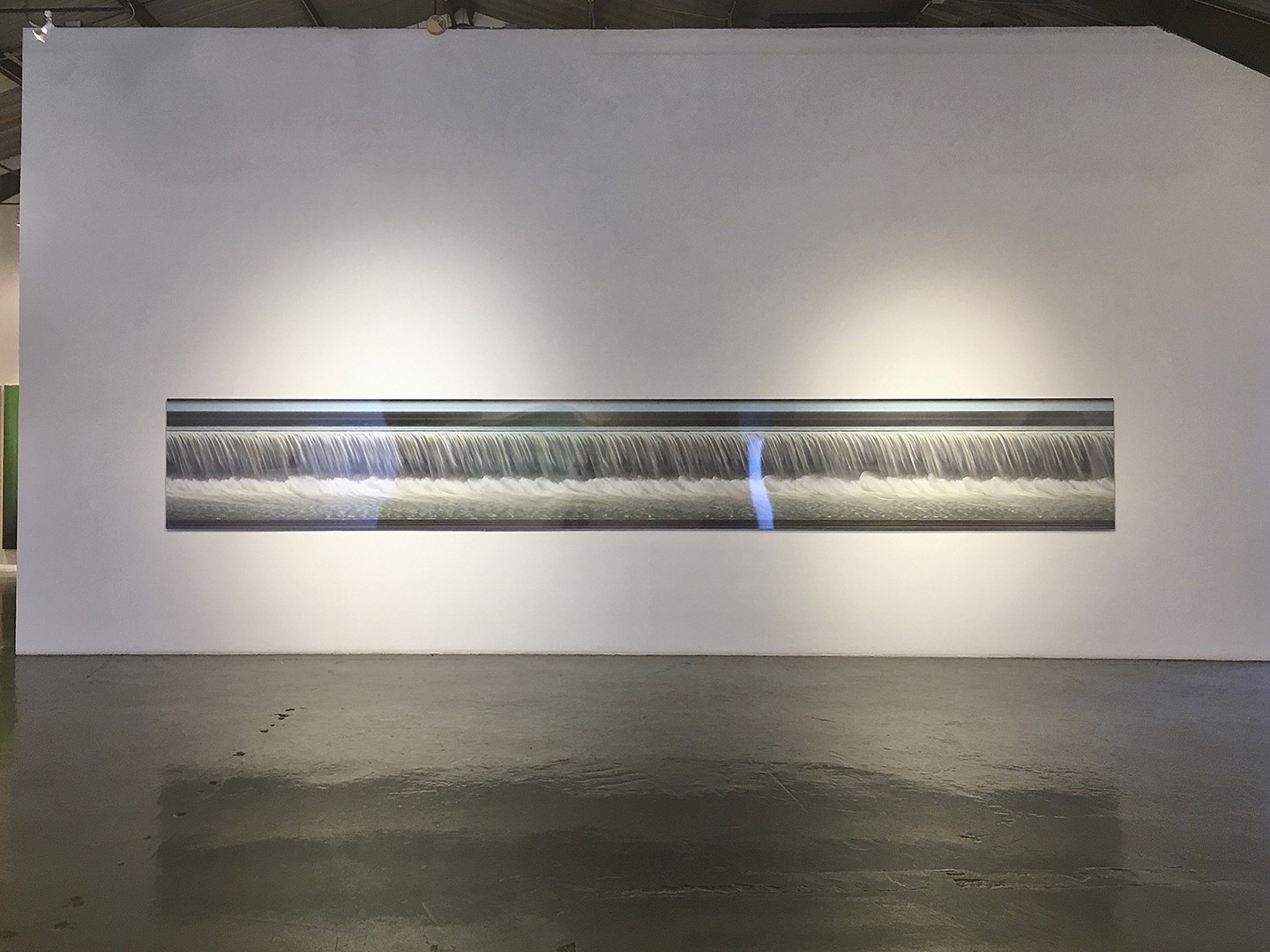
IT'S ABOUT TIME
Dec 1, 2018 – Feb 12, 2019
William Turner Gallery, Los Angeles, CA
William Turner Gallery is pleased to present It’s About Time, an exhibition of large format color photographs by artist Jay Mark Johnson. The works display a range of subject matter — people, cars, trains, waterfalls and waves, shot from locations around the globe – all united by Johnson’s ongoing inquiry into the possibilities of timeline photography.
For this decades-long project, Johnson employs an unconventional camera system to produce seamless delineated renderings of familiar events as they occur over time. The results present a dramatically altered view of our surroundings.
While most photographs record snapshots of a single moment, Johnson’s striking images are extended observations, recording how various subjects appear when their movement through space is captured over a period of time. Altering the mode of perception reveals a surprisingly new perspective of the world, one that is just as valid as the one we normally perceive through our five senses. In this manner, the artworks remind us of the deterministic role our instruments of perception play in shaping how and what we perceive.
As architectural theorist Lebbeus Woods states, "Experimental evidence produced since the creation of Einstein's Special Theory confirms that space and time are in fact elastic and interdependent. Jay Mark Johnson’s studies are plays upon the relative mutability of our physical reality.”
Artworks from Johnson’s timeline series have been exhibited extensively throughout the U.S. and Europe. They can be found in the permanent collections of the Bundestag (German Parliament) in Berlin, the Zentrum für Kunst und Medientechnologie at Karlsruhe, the Frederick R. Weisman Art Foundation, the Phoenix Art Museum, the Langen Foundation, Hombroich, Germany, the Peter Klein Museum Kunstwerk, Eberdingen, Germany, the collection of Michael G. Wilson, the Milken Family Foundation, Santa Monica and the Fidelity Corporate Art Collection, Boston.
Works from earlier periods are in the collections of the Museum of Modern Art, the Smithsonian Institution and the Art Institute of Chicago.